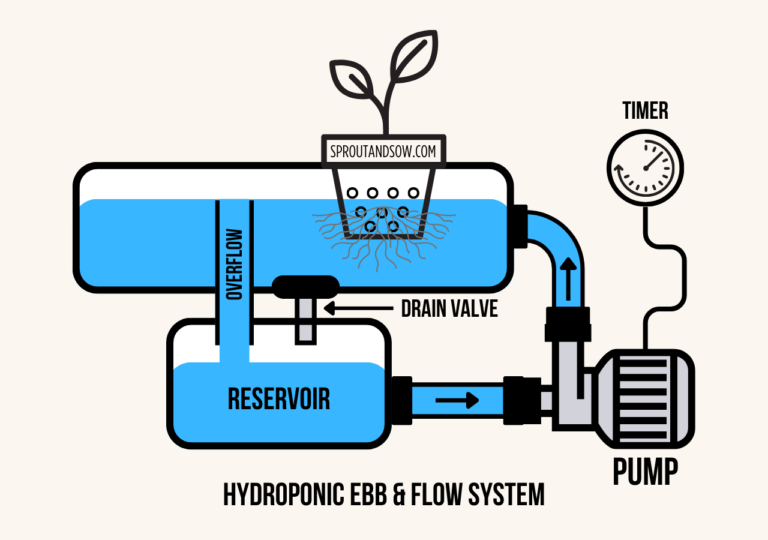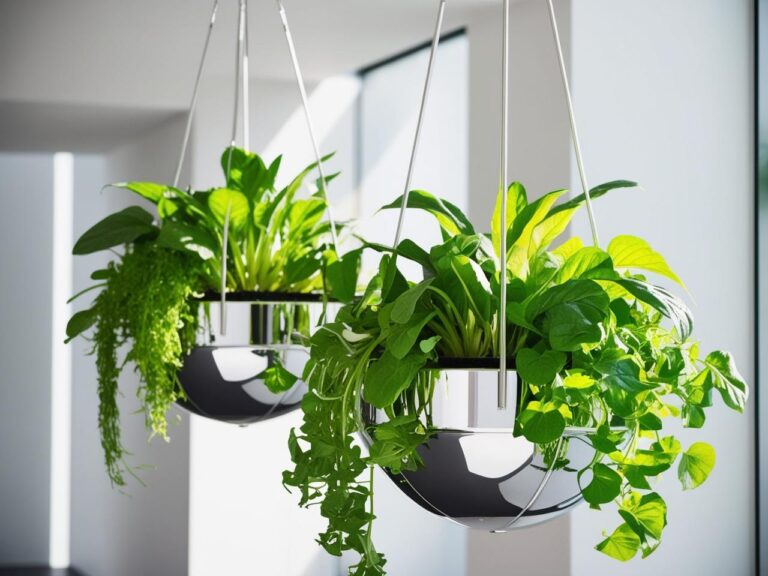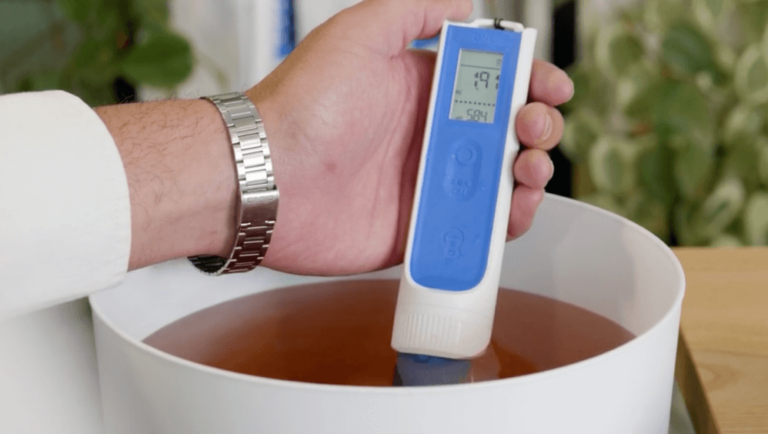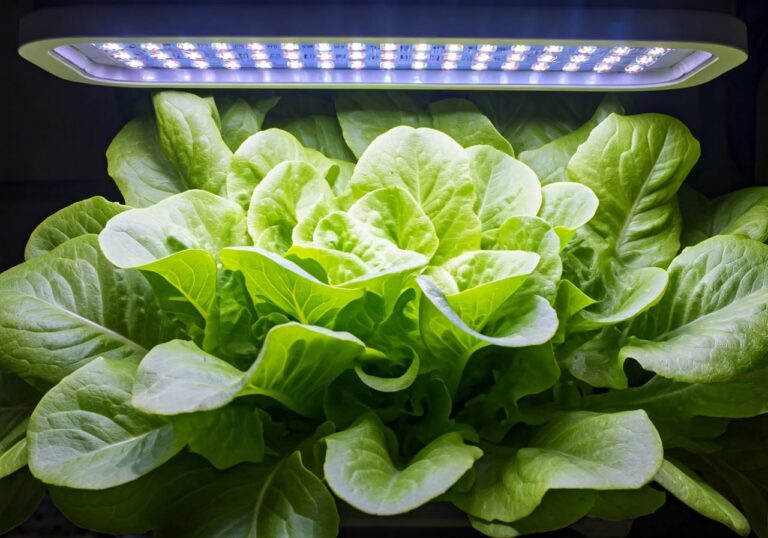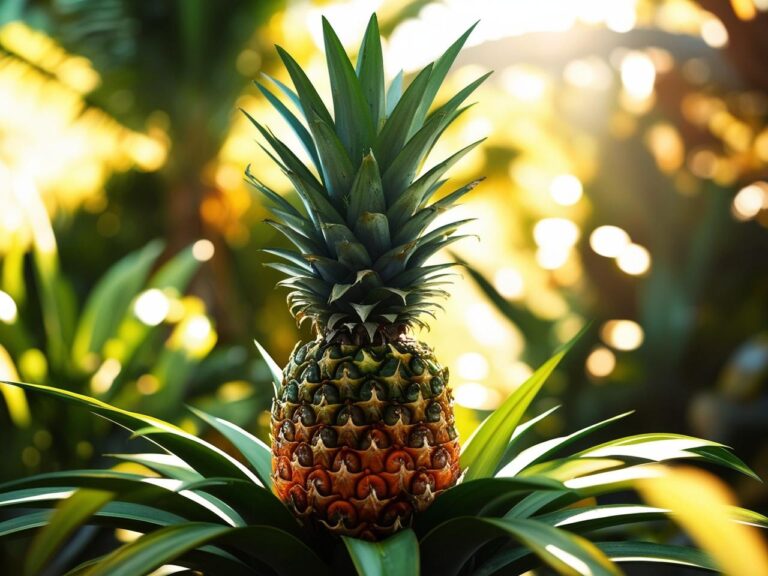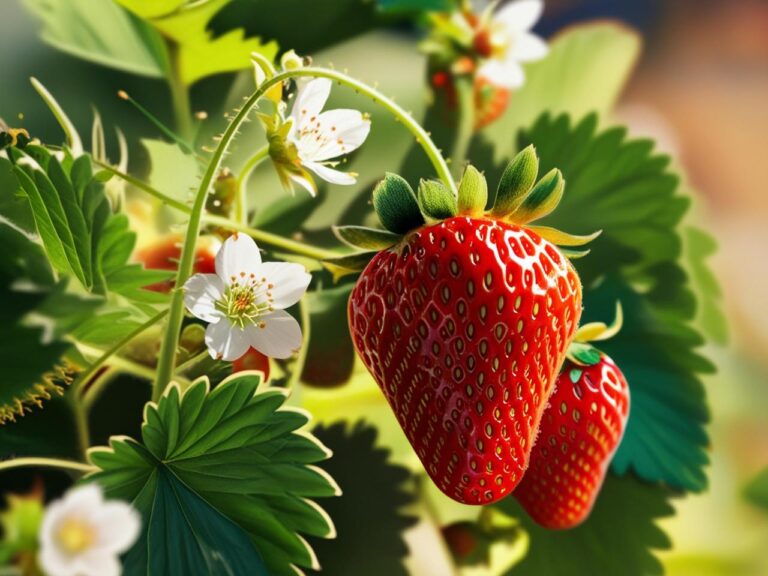How to Choose the Best Hydroponic Nutrients for Your Garden
Choosing the right nutrients for your hydroponic garden is a game-changer. Since plants in hydroponics rely entirely on nutrient solutions instead of soil, getting the right balance of minerals is essential to support growth, prevent deficiencies, and maximize yield. But with so many options available, finding the perfect nutrient mix can feel overwhelming! Let’s walk through what to look for in hydroponic nutrients, the essential components to focus on, and tips to match your nutrients to your garden’s needs.
Essential Nutrients for Hydroponic Gardens
1. Macronutrients
Macronutrients are the primary nutrients plants need in large quantities, which include nitrogen (N), phosphorus (P), and potassium (K). These elements support leaf, root, and flower growth and are the backbone of any nutrient solution. Most hydroponic nutrient solutions list their N-P-K ratio on the label, helping you match the mix to your plant’s growth stage.
2. Secondary Nutrients
Calcium, magnesium, and sulfur are essential but required in smaller amounts. These secondary nutrients play a crucial role in overall plant health, supporting processes like cell structure, photosynthesis, and chlorophyll production. Without them, plants can develop stunted growth, yellowing leaves, or other health issues.
3. Micronutrients
Micronutrients like iron, manganese, zinc, copper, and boron are needed in trace amounts, but they’re vital to plant function and growth. Micronutrients support enzyme processes, hormone regulation, and stress resistance, so look for nutrient solutions that include these to avoid deficiencies.
Types of Hydroponic Nutrient Solutions
1. One-Part vs. Multi-Part Nutrients
One-part solutions are pre-mixed and easy for beginners, containing all the necessary nutrients in a single bottle. Multi-part nutrients come in separate bottles, allowing more customization. Multi-part systems (often labeled as A & B solutions) enable adjustments based on growth stages, making them ideal for advanced gardeners.
2. Liquid vs. Dry Nutrients
Liquid nutrients are easier to mix, but they may be more costly over time. Dry nutrients are more affordable and versatile, though they require precise measurements and thorough mixing. Choose based on your budget and comfort level with measuring and mixing solutions.
How to Match Nutrients to Your Plant’s Growth Stage
- Vegetative Stage
During the vegetative stage, plants need more nitrogen to support leaf and stem growth. Look for nutrient solutions with a higher nitrogen ratio (e.g., 3-1-2) during this phase to promote a lush canopy and strong structure. - Flowering or Fruiting Stage
In the flowering stage, plants need more phosphorus and potassium to support blooms and fruit development. Opt for solutions with a higher P and K ratio (e.g., 1-3-2) during this period to maximize flowering and fruiting.
Tips for Choosing and Using Nutrients
- Check for pH Compatibility
Ensure your nutrients are pH-balanced to stay within the ideal range of 5.5 to 6.5, as pH affects nutrient availability. pH-balanced solutions can save you time adjusting pH manually, but testing your solution regularly is still a good habit. - Adjust for Water Quality
Some nutrients are formulated for specific water types (e.g., hard or soft water). If using tap water, consider choosing a nutrient solution compatible with your local water quality, or use filtered water to prevent imbalances. - Start Small with New Nutrients
Introduce new nutrient solutions gradually, monitoring plants for signs of nutrient deficiencies or burn. Start at half-strength, then adjust as your plants respond to prevent any shock from sudden changes. - Use Supplements Sparingly
While supplements like calcium or iron boosters can help, they’re best used sparingly and only when deficiencies are detected. Overloading nutrients can harm plant health, so stick to essentials unless your plants show specific needs.
Conclusion
Selecting the right hydroponic nutrients can make a big difference in your garden’s success. By understanding the essential nutrients, knowing when to adjust ratios, and being mindful of plant stages, you’re well-equipped to provide your plants with everything they need to thrive. Remember to monitor your plants regularly and adjust as needed, as even a small change can lead to big results in hydroponic gardening. Happy gardening!


